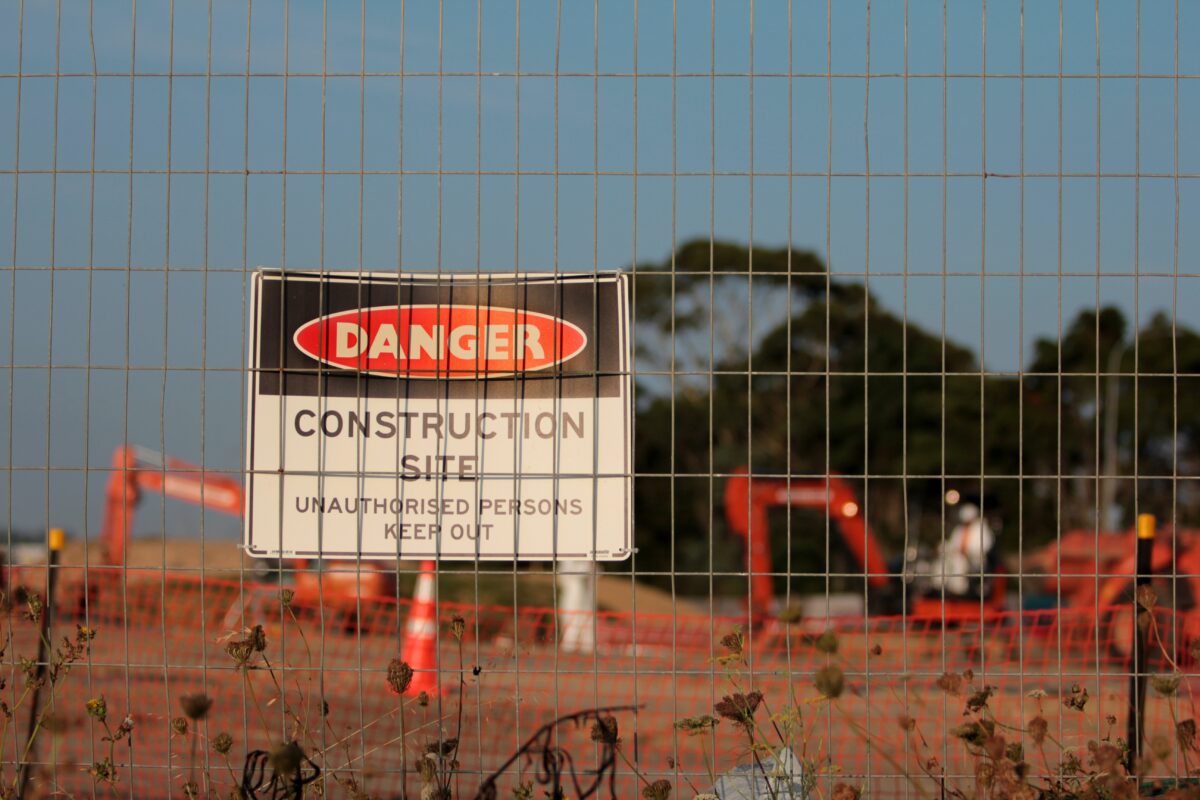The reason why so many politicians and commentators get their policies and predictions wrong is because the housing market is made up of three distinct yet overlapping sub-markets: the homeowner market, the rental market, and the new-build market.
It is relatively easy to understand how a landlord could buy a house from a homeowner in that sub-market and then lease it in the rental sub-market. This adds to the shortage for first-home buyers (bad) but adds another tenancy for renters (good).
Allegedly, the rise in house prices can be blamed entirely on greedy landlords buying up all the houses in the homeowner market; yet at the same time, rents have shot up because of the chronic shortage of rentals. This doesn’t add up. All these houses moving between the sub-markets should have had an effect.
Actually, only 10% of houses have moved from the homeowner sub-market to the rental sub-market in the last 25 years (based on Census data). The real issue is something else.
Because demand is increasing through population growth (primarily due to immigration), the new-build sub-market is largely responsible for setting the market price, not landlords. In economic jargon, the cost of the marginal unit of production is setting the equilibrium.
What this means is that homeowner buyers and investors have a choice. They can buy an existing house or a new one. The cost of the new one is driven by rising material and labour charges, sharply rising land prices, business risk, and bureaucratic overheads. Sellers know that they can price existing houses to track the cost of new ones because of the shortage.
There is an astonishing lack of understanding of the construction industry amongst politicians and commentators, as well as government regulators. Perhaps it is not surprising, as I suspect none of them have practical experience on building sites, tendering, or obtaining consents.
Labour’s tinkering around interest deductibility and the brightline test will make it less desirable for landlords to buy from the existing homeowner sub-market, which is supposed to put downward pressure on prices. But the costs in the new-build sub-market are still going to go up. This will continue to set the market price as long as there is a shortage – and we know there will be a shortage for several years yet, even if immigration is slashed.
Labour seems to think that pulling some fiscal levers will magically create the skilled tradies and new factories to supply the building industry with instant growth. We are currently running at peak capacity. There will be no increase in the rate of supply.
There is potential in the $3.8 billion allocated to facilitate the housing infrastructure, such as roads and sewers, needed to open up more land. But anyone who has been through the nightmare of subdividing realises this will take at least two years to begin affecting the market.
There is a reason prices are going up. Real estate agents will tell you how much harder it is to get new sections on the market. Developers will tell you how much harder it is to get new projects through resource consents. Architects will tell you how much harder it is to get plans through building consents. Builders will tell you how much harder it is to get inspections passed.
Landlords can thank their local government bureaucracies for keeping their rental capital gains flowing for a while yet, but I really do feel sorry for the first home buyers who voted Labour in the hope that they would fix the market. Turns out that they don’t even understand it.
Please share this BFD article so others can discover The BFD.

